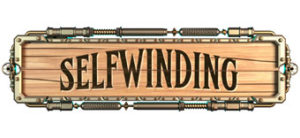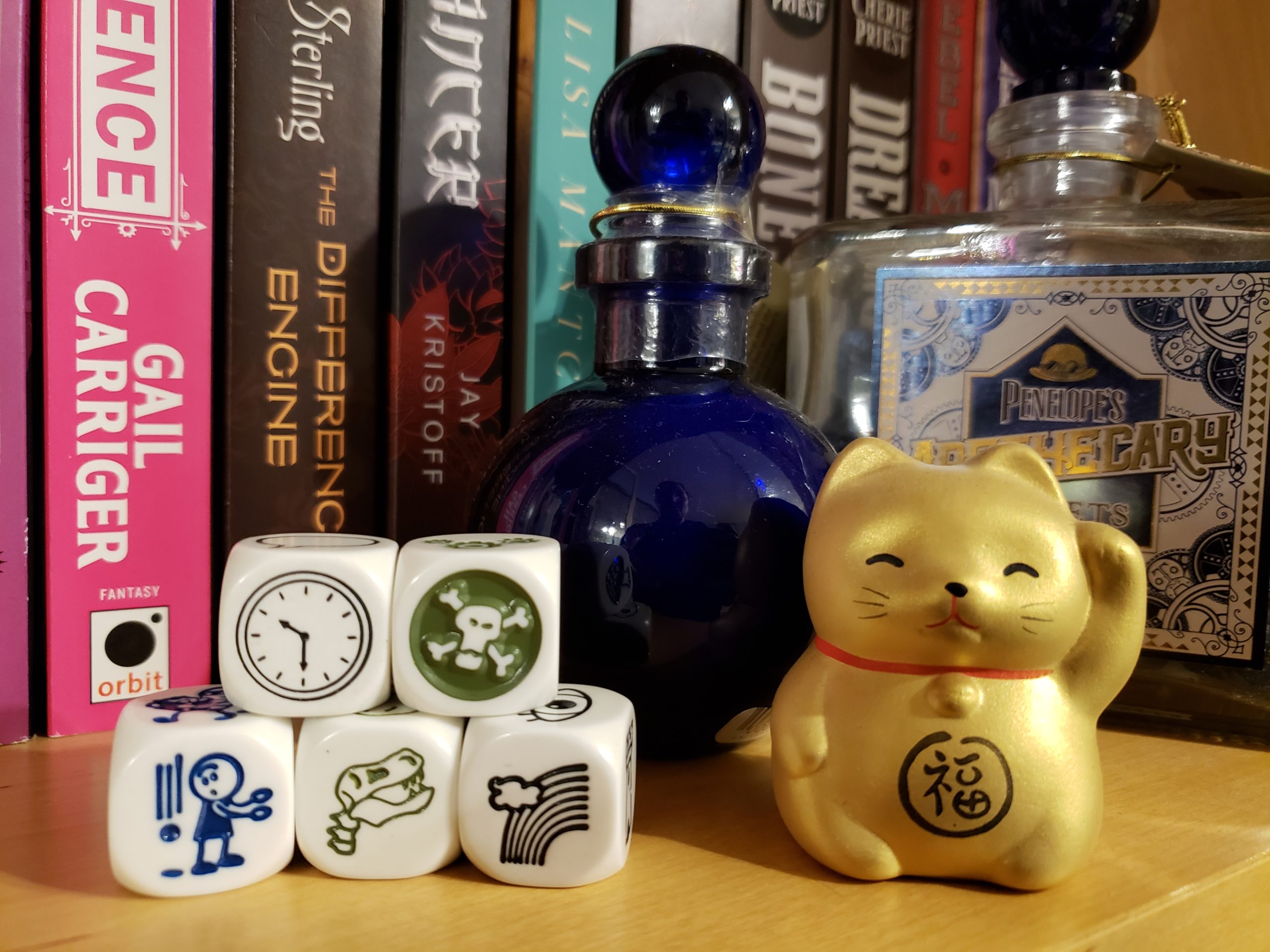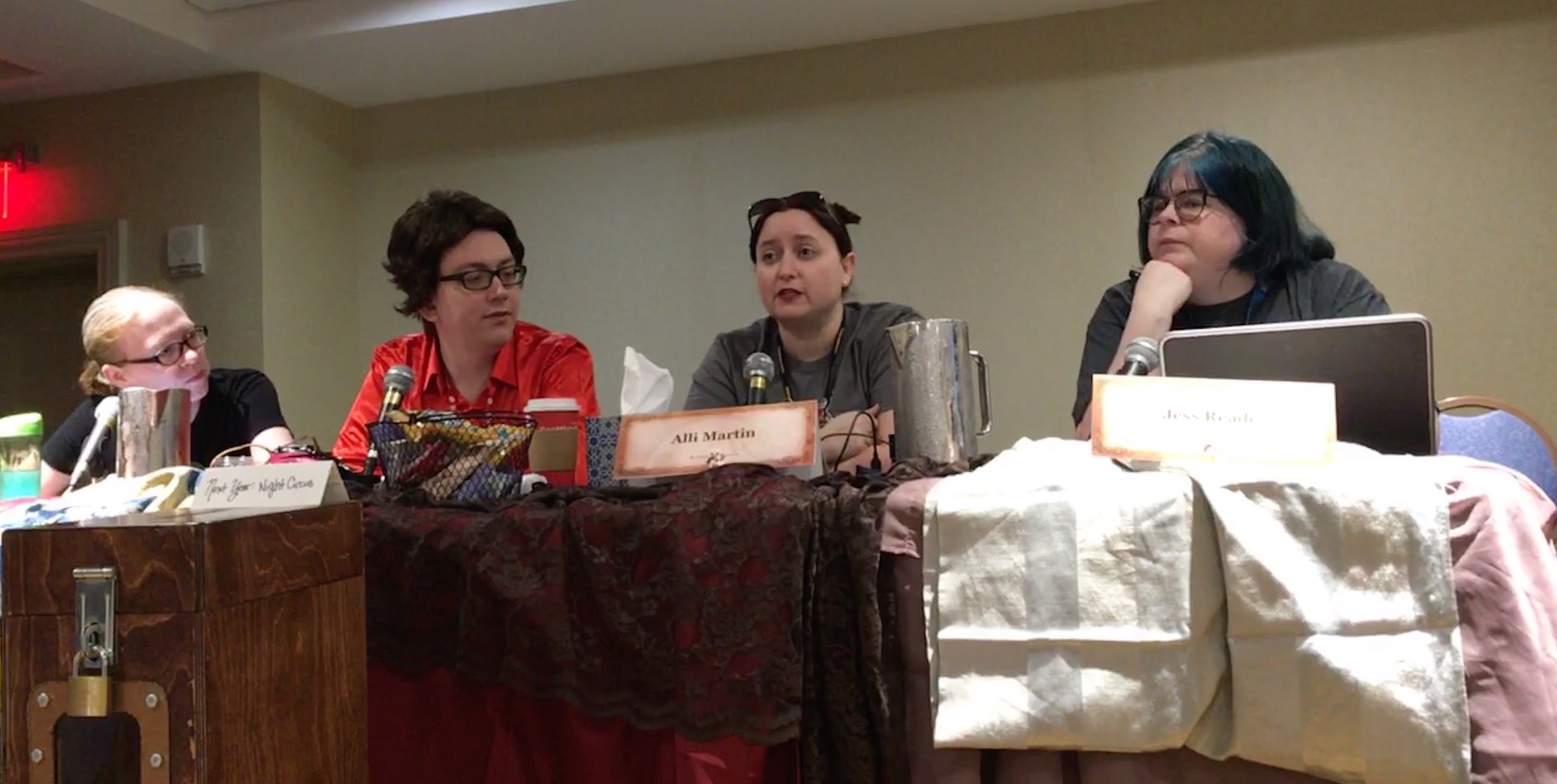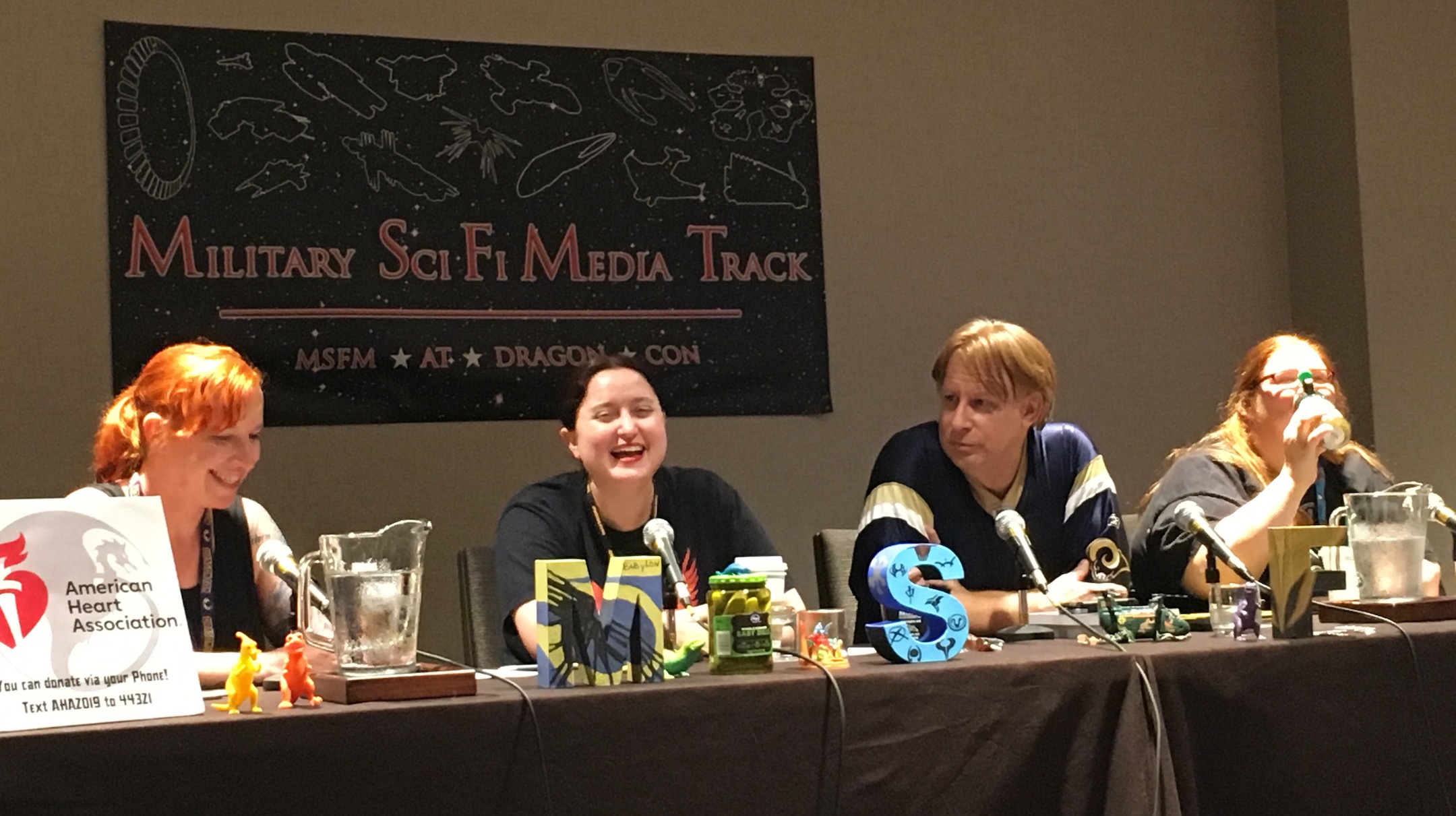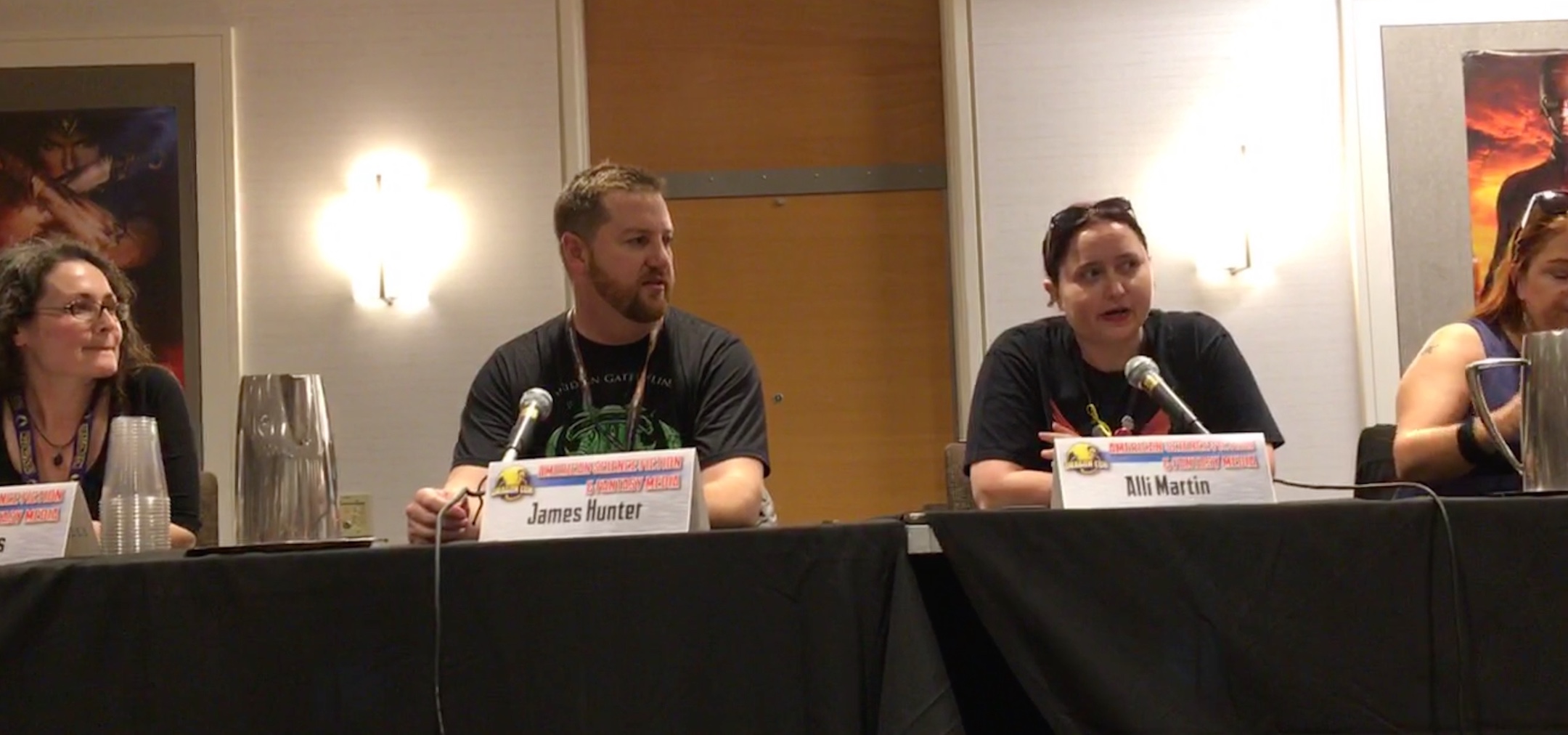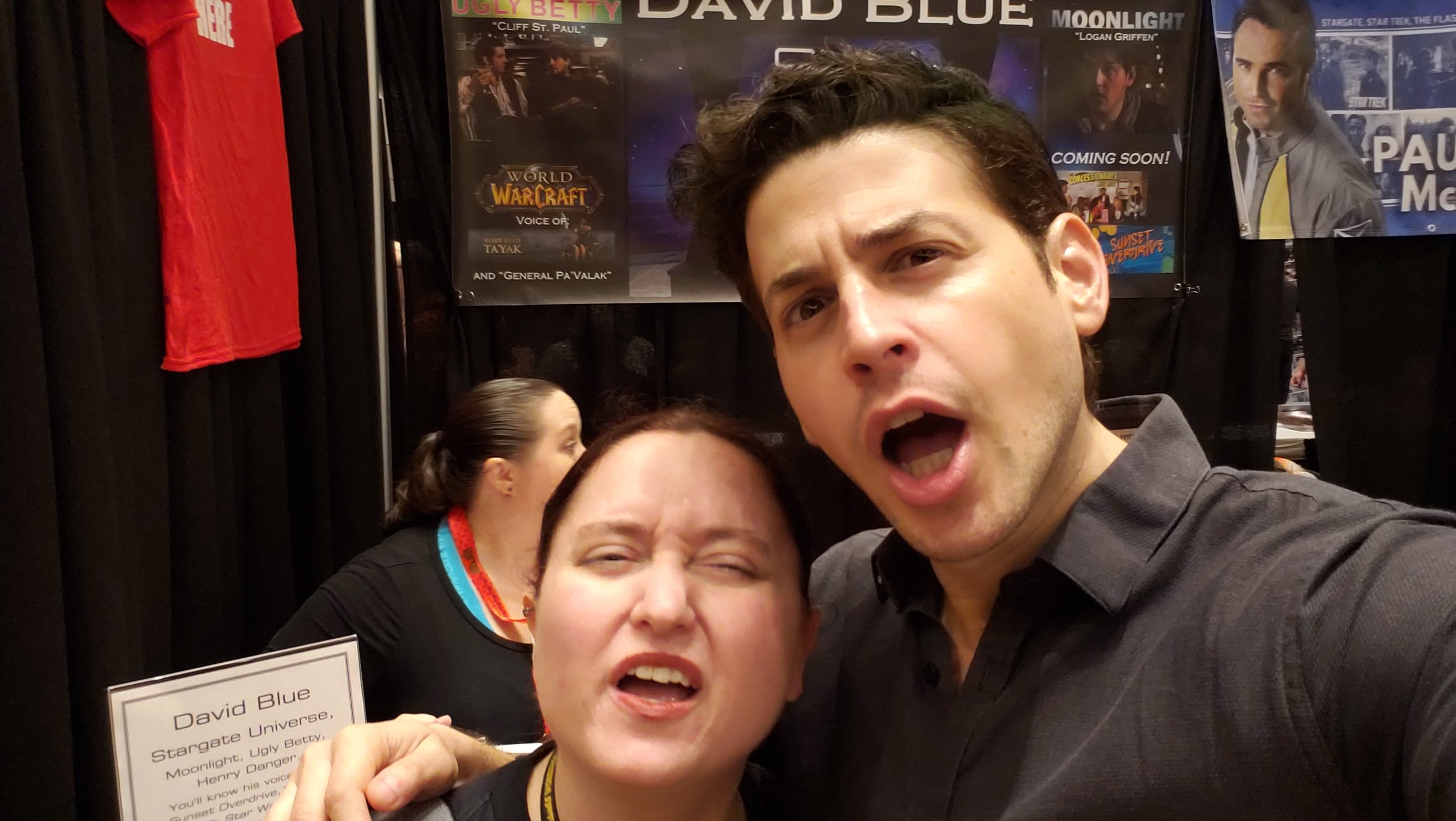Welcome writers, readers, and inspiration chasers! Join me as I dip into my prompt resources and select something to explore and share. These prompts are all about inspiration—what they inspire for me and what they inspire for you.
If you’re inspired by the prompt, whether that’s by creating something epic or just warming up for your creative day, I hope you’ll share your creation.
This prompt comes from Rory’s Story Cubes distributed by Zygomatic studios. The simple pictures are meant to inspire a story. How you use each image (or connect them together) is up to you. The dice I’ve used today are a mix of the Classic, Voyages, and Actions Sets.
Feel free to go wherever the prompt takes you!

Where I started:
Clock + Dinosaur = Time Travel!
(Really, did you expect my brain to go anywhere else?)
With time travel as a starting point, I had to consider what was happening in the other images and how to interpret them. The bottom left cube with the falling object made me think of a crash, so potentially a crash-landing in a time machine. The skull and cross bones might not be pirates (maybe) and could just indicate danger, and the rainbow for me meant that things would ultimately be well. Maybe even funny. (I like funny, we’re going funny.)
So, what time travelers could be in danger, crash, but ultimately be okay? I decided to use my already established time-traveling trio from a novel-in-planning. Robin and Griffin have been partnered for years, but Henry is new to their crew, swiped from another timeline in which he and Robin have the same parents, though neither of them has a sibling….
Originally posted for the Story Kernels Patreon Nov 17, 2022.
What I wrote:
They rematerialize in the timeline with an inefficient clunk that rocks Henry against the safety restraints—apparently there is a reason they have an outdated harness in this thing.
Before he can ask any questions, Robin’s down the ramp, cycling open the hatch. Verdant, damp, mossy air floods the cockpit. As many different times as he’s visited, he’s never smelled something so… untouched.
“Griffin?” Robin’s muffled voice drifts forward from the exit ramp. “Remember when I said, ‘I don’t care where we go, just get us out of here?'”
Griffin’s cheeks shade pink, eyes sliding to Henry in the co-pilot’s seat, a vaguely guilty look pursing his lips. His voice is steady when he replies, “Yes, dear. I seem to recall that.”
The monitors in front of him are as outdated as the restraints, and Henry can’t make heads or tails of the readings to get a grasp on the date or place. He releases his harness, half rising from his seat to see what his other self is looking at and what has Griffin looking so guilty.
Robin comes back up the ramp to hang over the back of the passenger seat. “I changed my mind, Griff, I care. There’s a goddamn dinosaur out there.”
Now it’s your turn:
What do the images mean to you? Does the clock indicate time travel or just a specific time (maybe a countdown)? Is the dinosaur skeleton representing something alive or dead? What’s the rainbow hanging over your story? How do multiple images come together to inspire you?
If you enjoyed this prompt and would like another, the April prompt on Patreon is a different bit of Robin’s history, exploring the first time she time traveled back home and discovered her whole world had changed.
